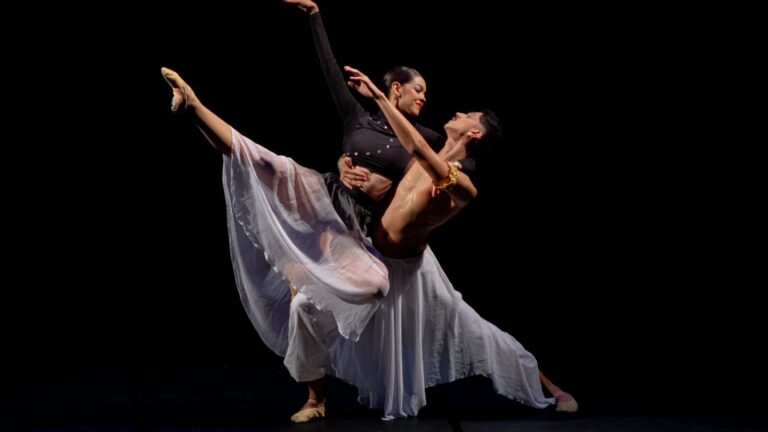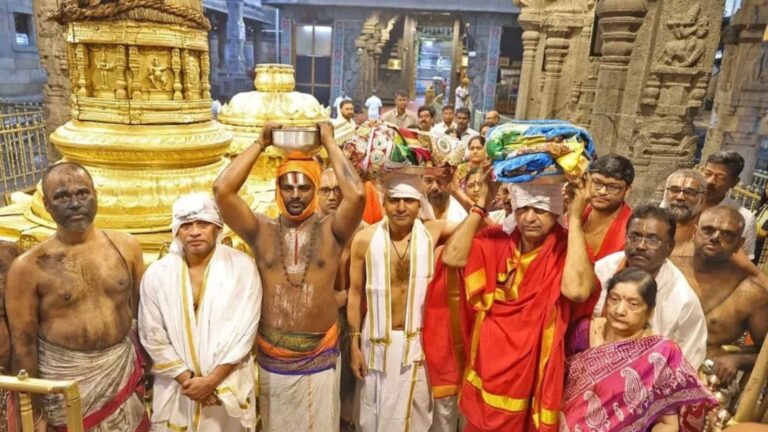
How a cow’s blister saved humanity
Did you know the word vaccine traces its roots to the Latin vaccinus, meaning “of or from cows.” Ever wondered why? This connection goes back to the late 18th century, when English doctor Edward Jenner noticed that milkmaids who caught…







